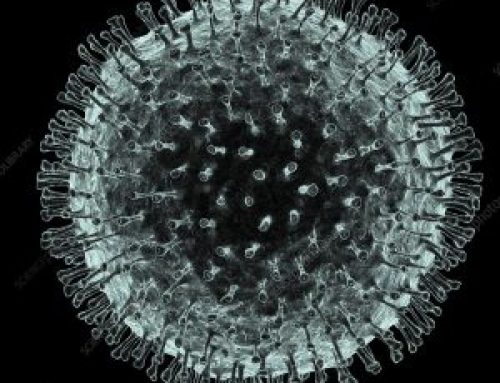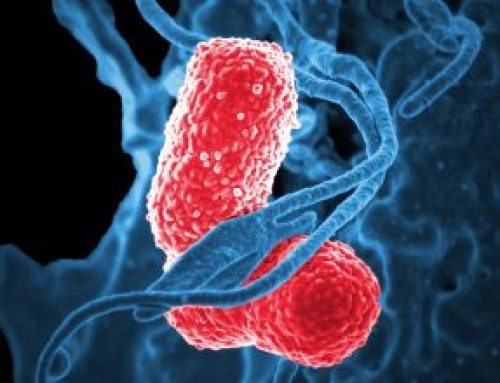The annual winter influenza season for 2010 has started in South Africa. As of 25th June 2010, influenza activity is low to moderate but the number of cases is expected to increase during the next two to three weeks.
Through the influenza monitoring system of the National Institute for Communicable Diseases a division of the National Health Laboratory Service, the influenza virus strains identified to date have been mainly the usual seasonal influenza B strain and influenza A (H3N2) and, most recently, the first isolation of influenza A (H1N1) has been made.
Influenza A (H1N1)2009, initially and more commonly known as ‘swine flu’ , was the strain that caused the flu pandemic in the first half of 2009, but went on to become the predominant seasonal strain for the northern hemisphere winter, without any increase in severity of illness in the general population or any change in resistance to antiviral drugs. It is too early in the season to predict what the dominant strain in South Africa will be for this season.
While the vast majority of illness due to influenza is uncomplicated, certain at-risk groups have been identified who may develop complications. At-risk groups include pregnant women, particularly in the third term of pregnancy, persons with chronic lung disease, especially asthmatics, chronic heart disease, diabetes, those who are HIV-infected or who have other causes of immunosuppression and persons over 65 years of age. Influenza vaccine should ideally be administered to this group to reduce these risks and should ideally be administered before the influenza season starts.
Stocks of the influenza vaccine in South Africa for 2010 have been in short supply, particularly in the private sector, but vaccine is still available from the stock purchased by the National Dept of Health. Anyone with a risk condition can access the vaccine, either through a public facility or through a number of private pharmacy chains at a nominal fee. These chains include Alpha, Clicks, Dischem, Link and Pick ‘n Pay Pharmacies. At-risk groups who are not already vaccinated are highly recommended to be vaccinated as soon as possible as the vaccine takes about 10 days to be effective.
Currently available vaccines include the trivalent vaccine which covers all three strains circulating (limited stocks available) and a monovalent vaccine which covers only the H1N1 2009 pandemic strain.
Persons with the at-risk factors mentioned above who develop an influenza-like illness suggested by fever, dry cough and muscle pain should urgently consult their doctors to consider early treatment with antivirals e.g. Tamiflu, to try to reduce the development of complications.
For more information contact Nombuso Shabalala on 082 886 4238 / 011 555 0545
Issued by the National Institute for Communicable Diseases, a division of the National Health Laboratory Service


